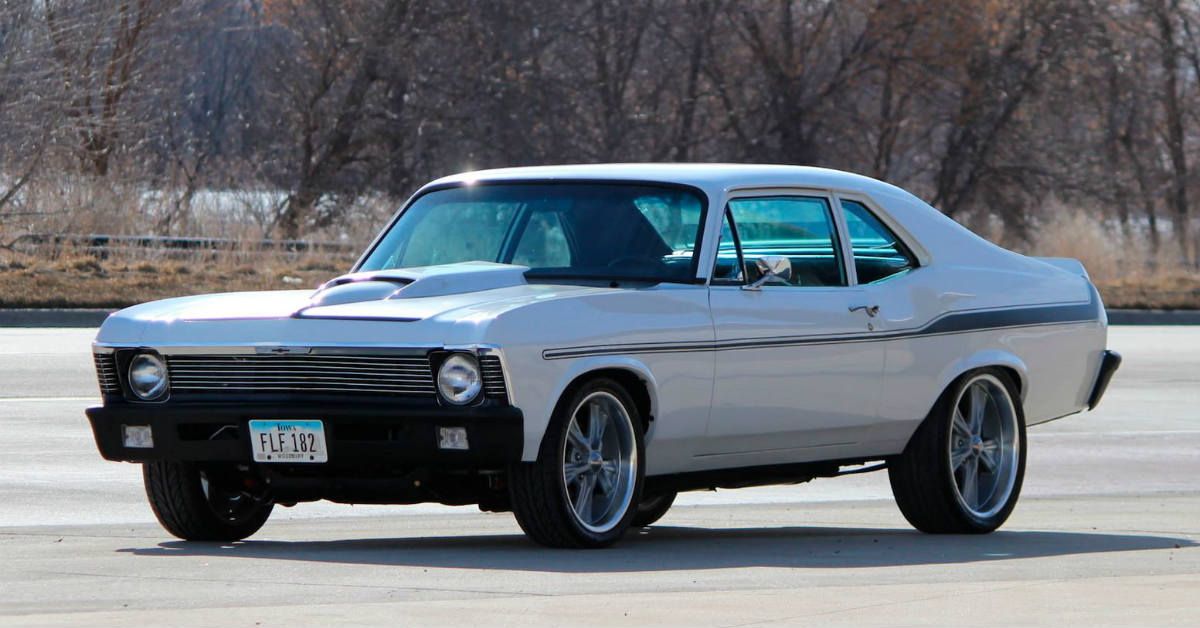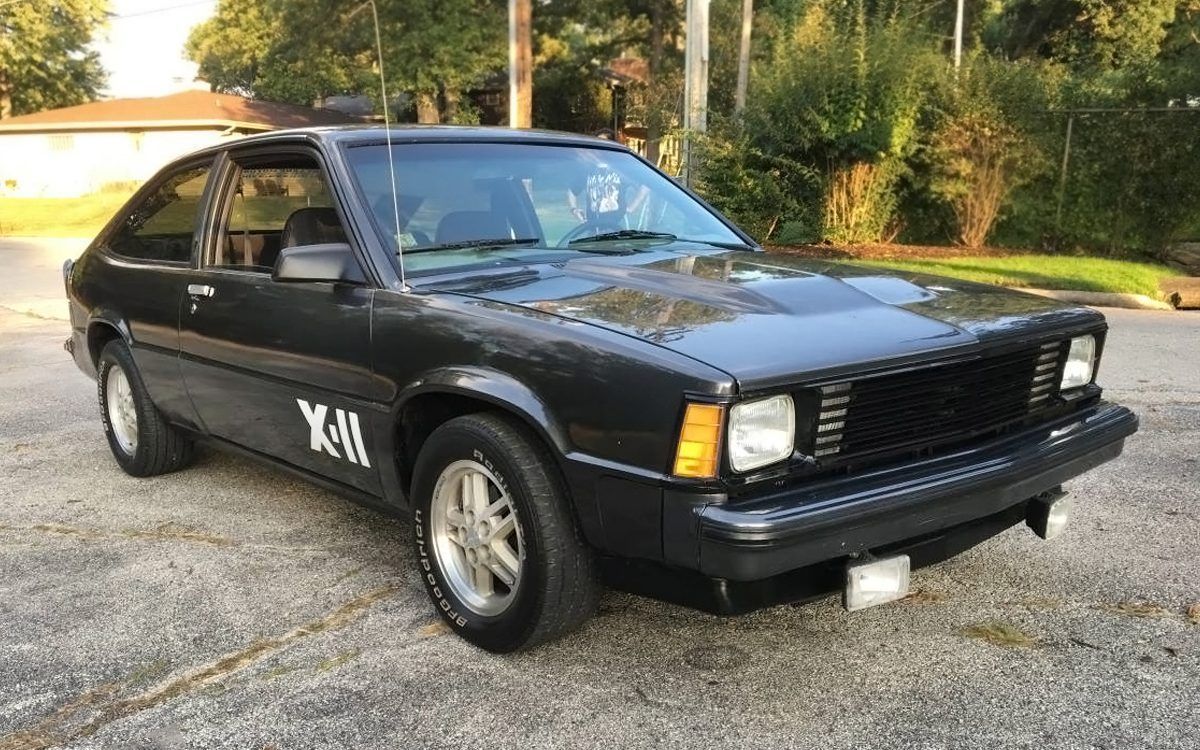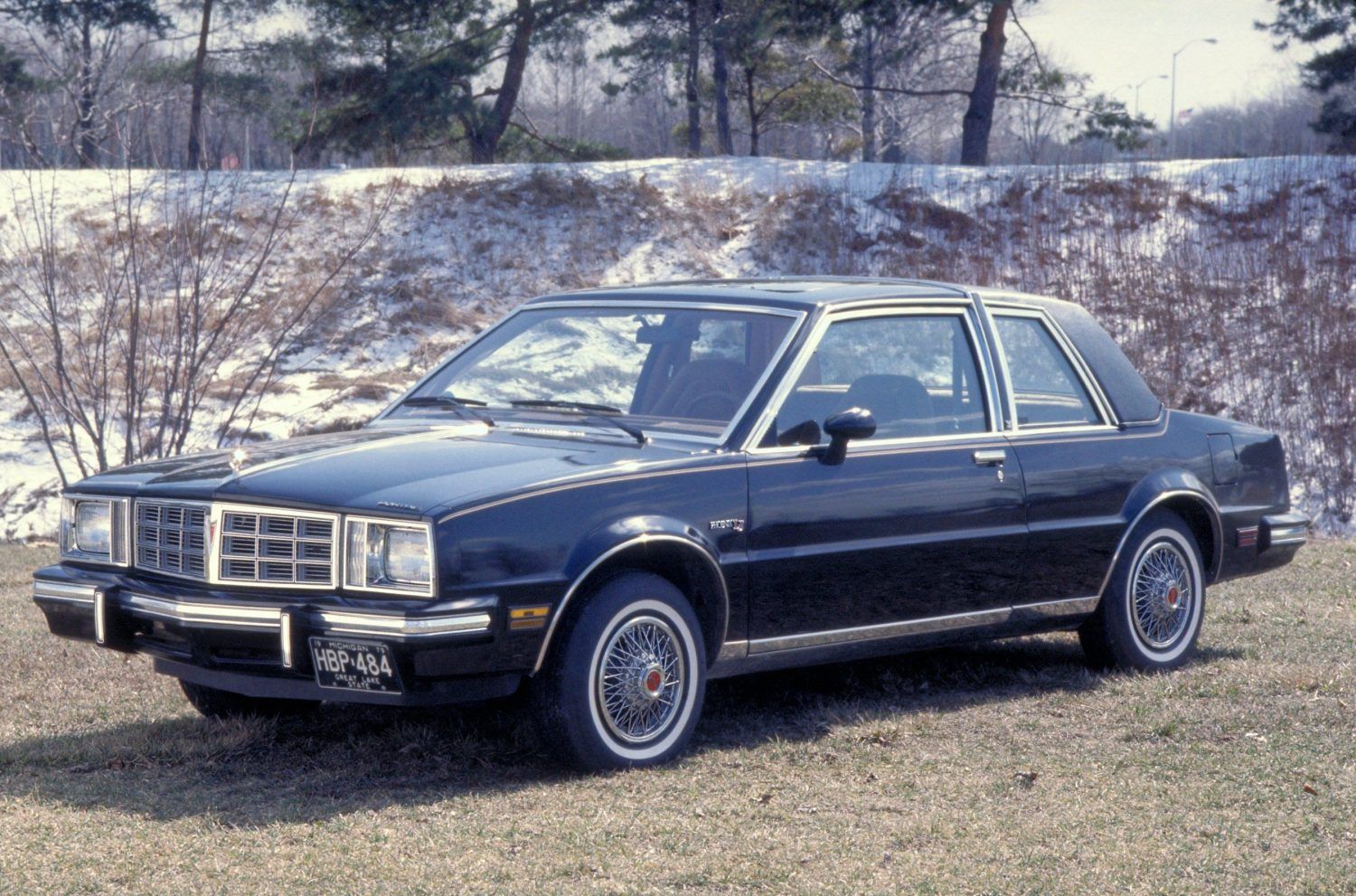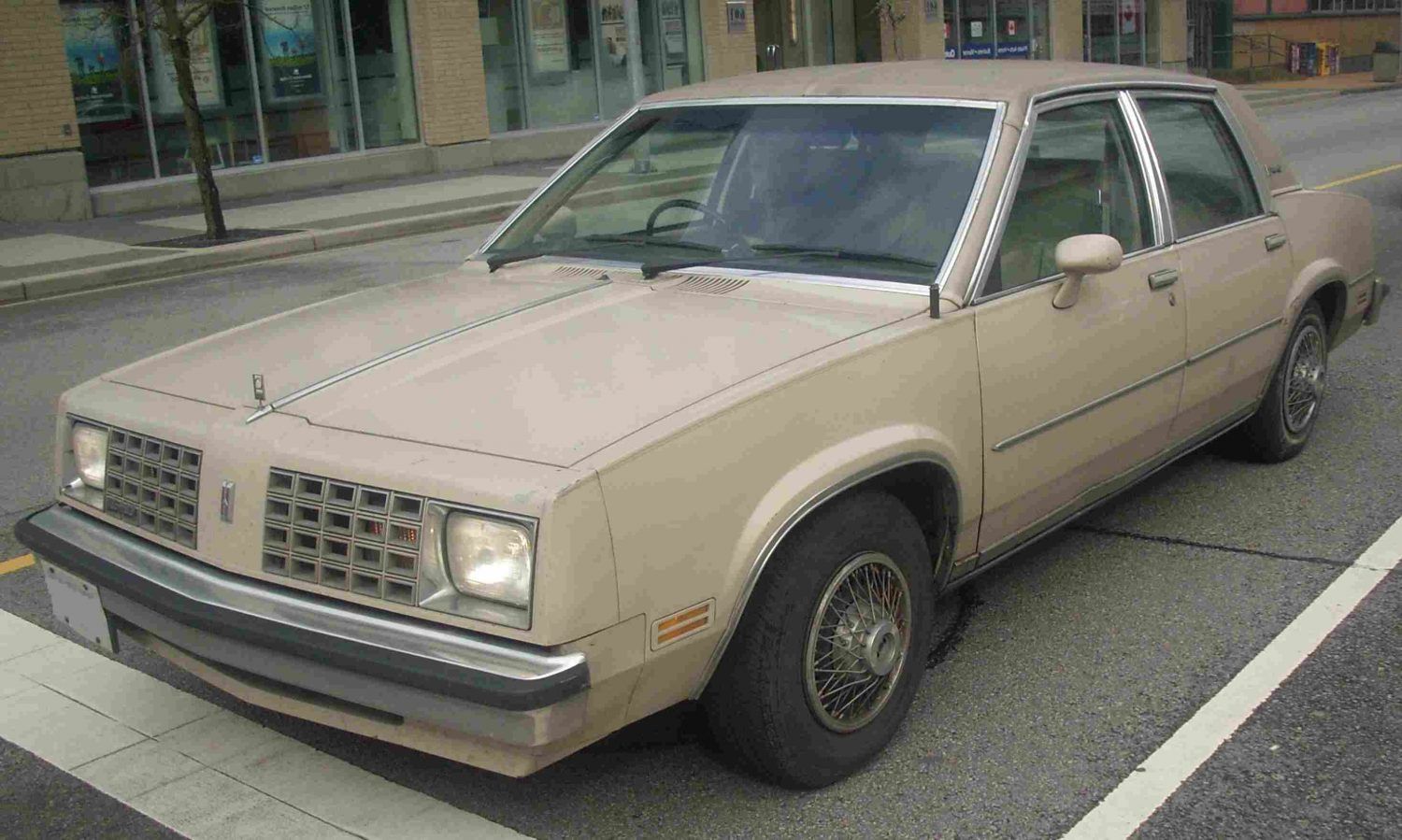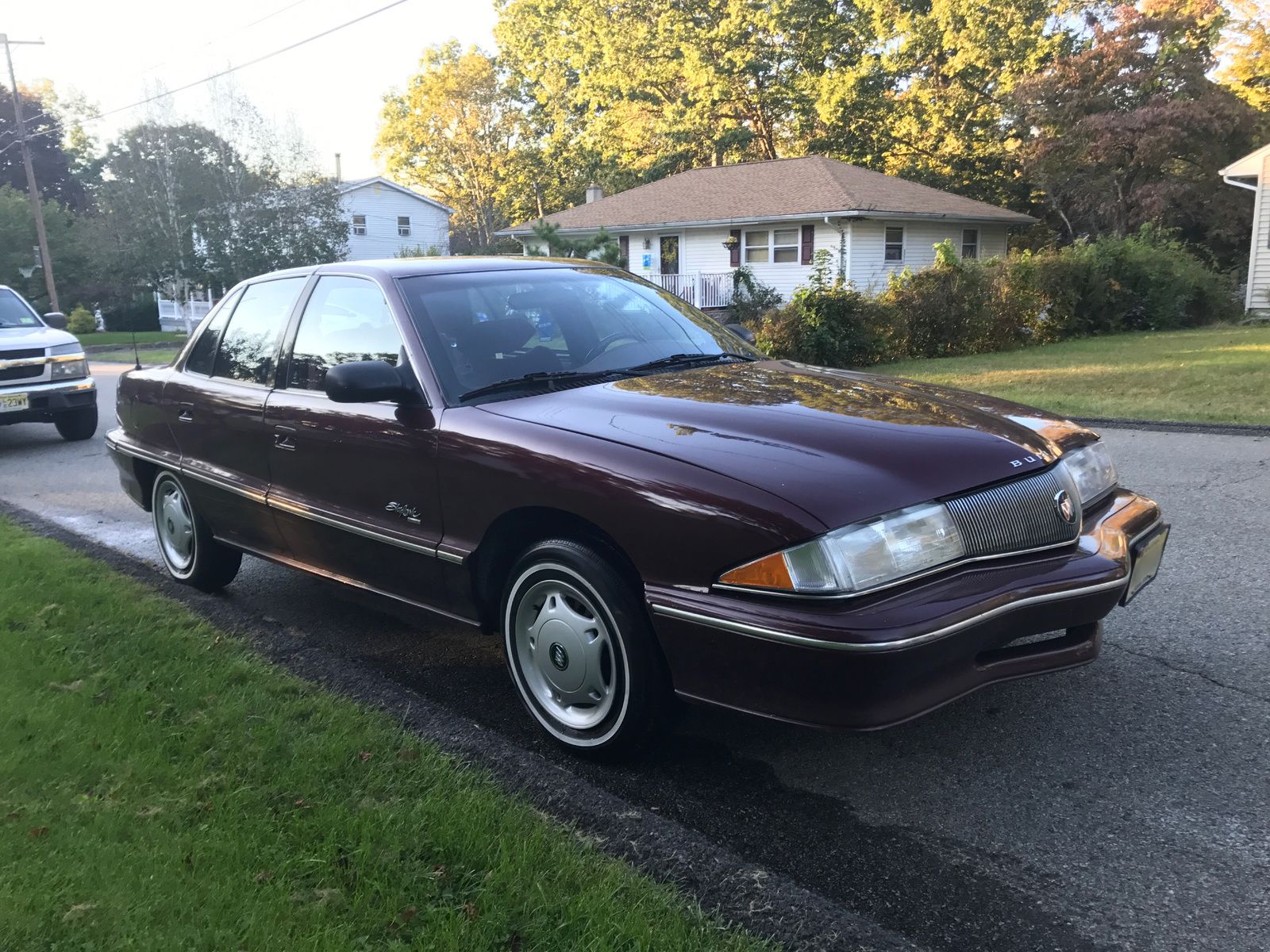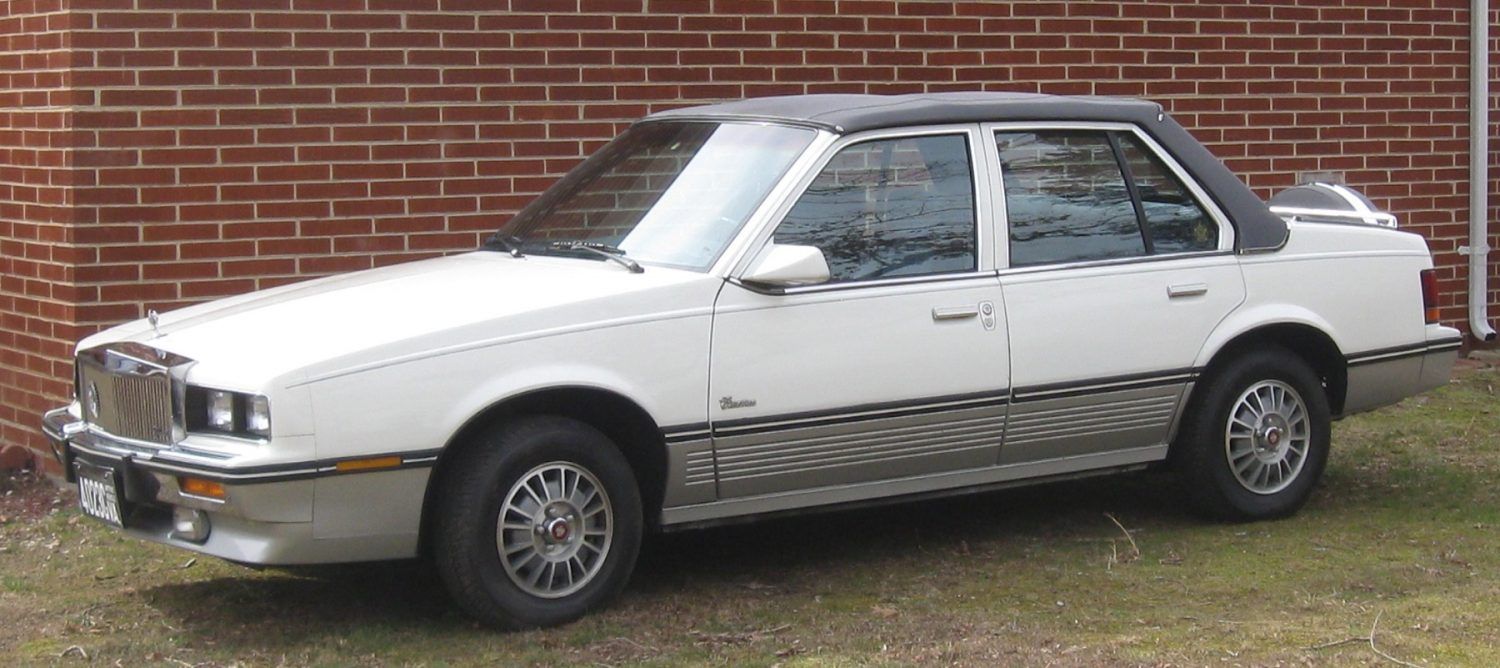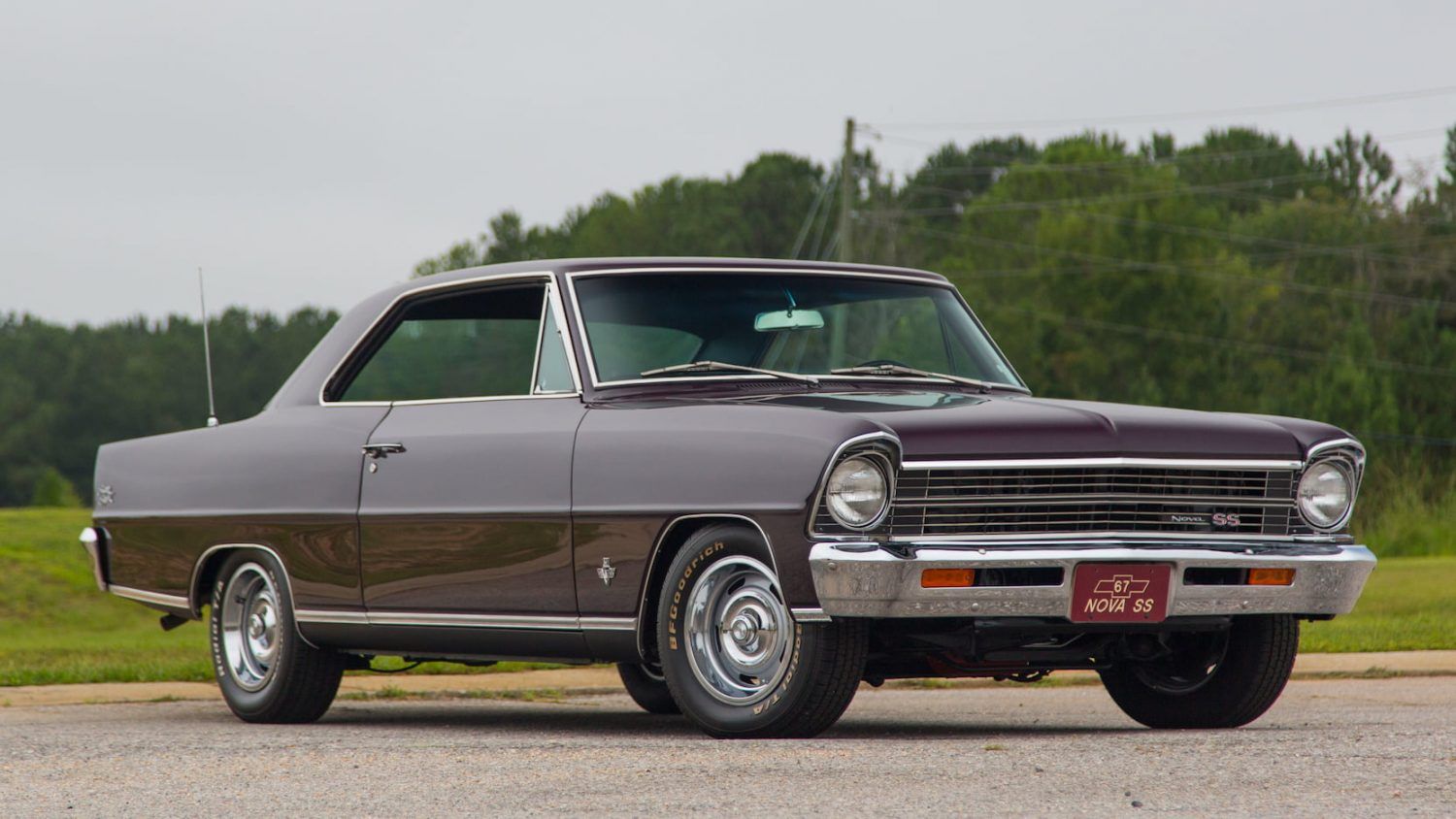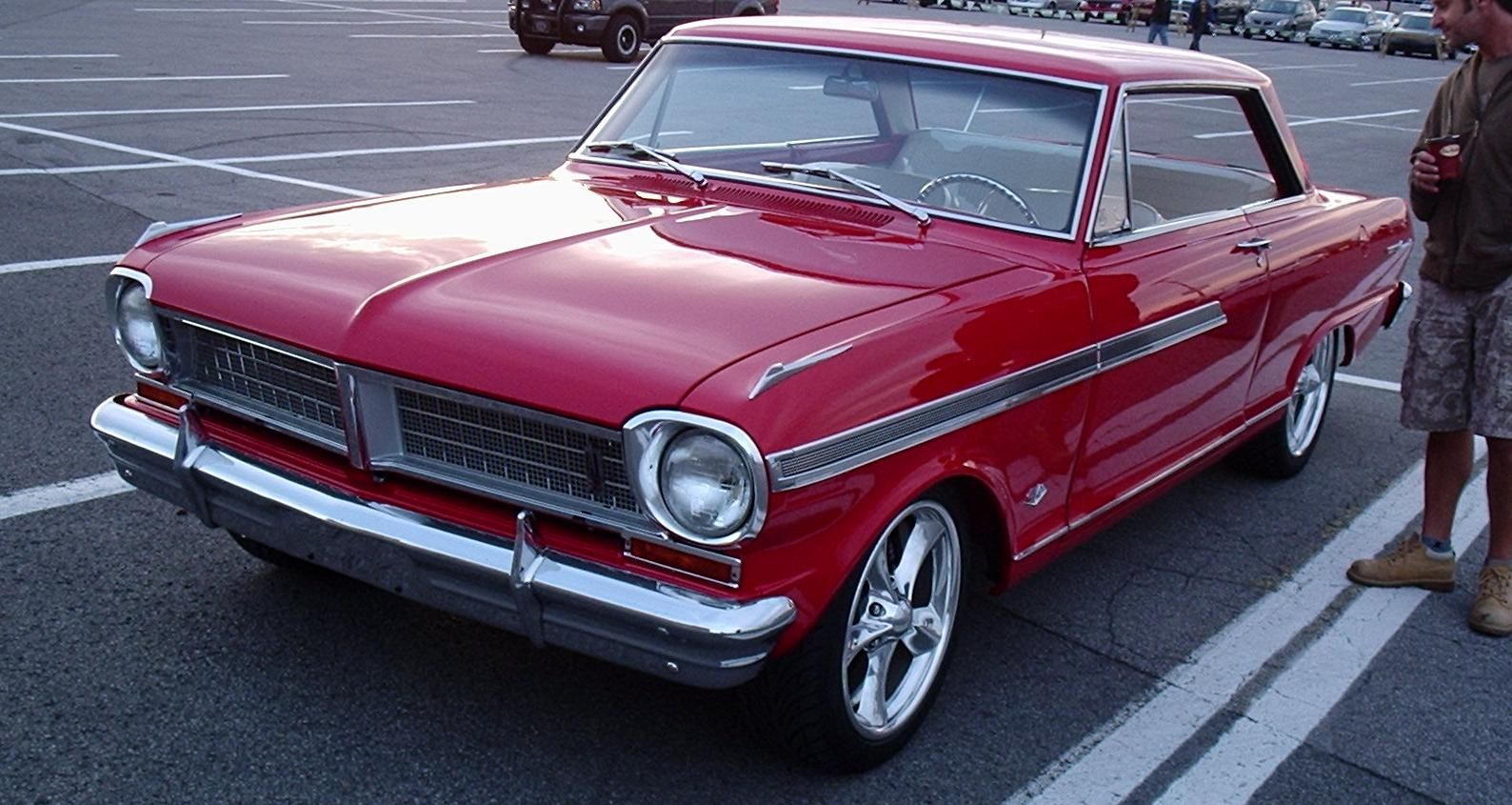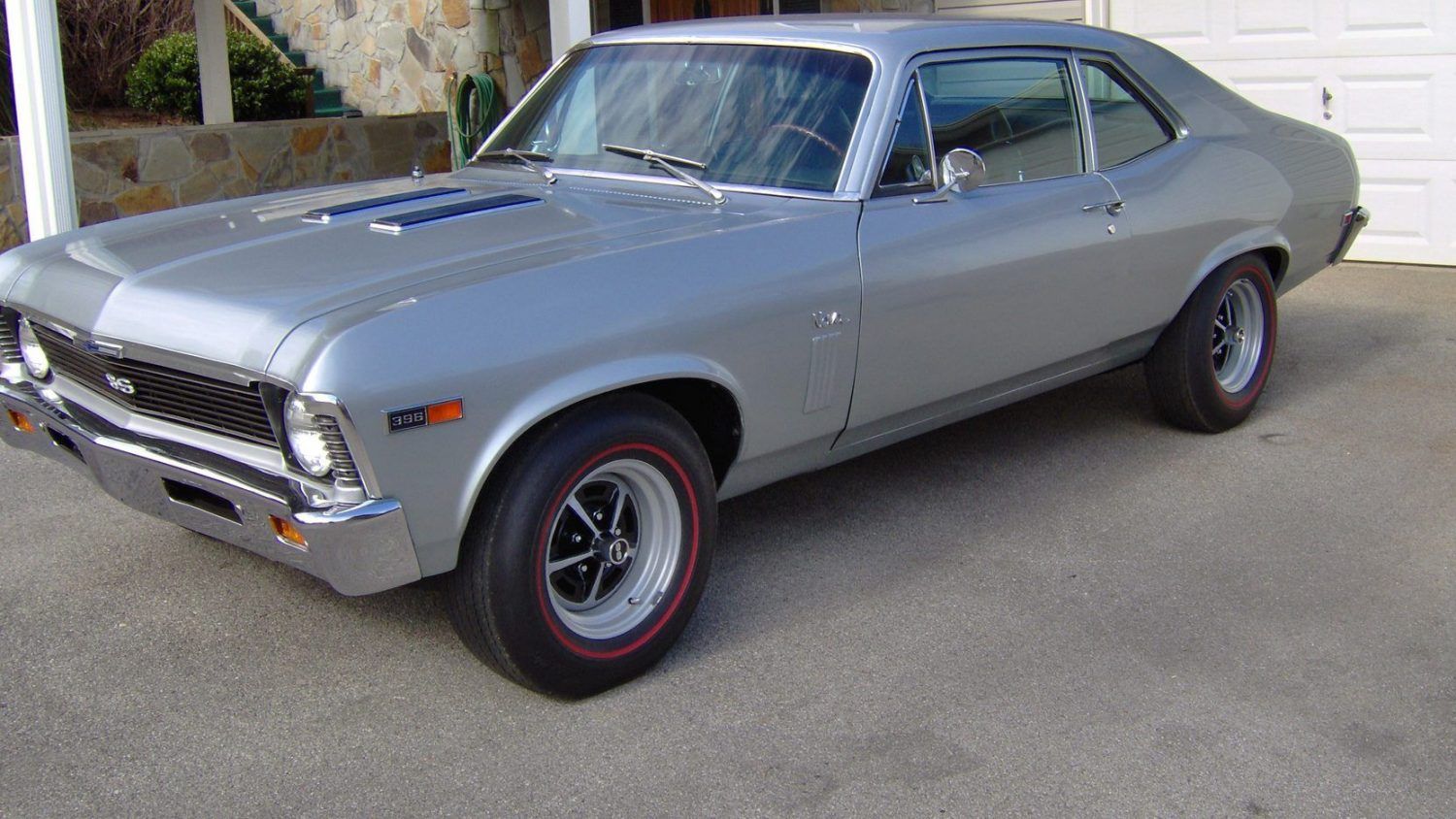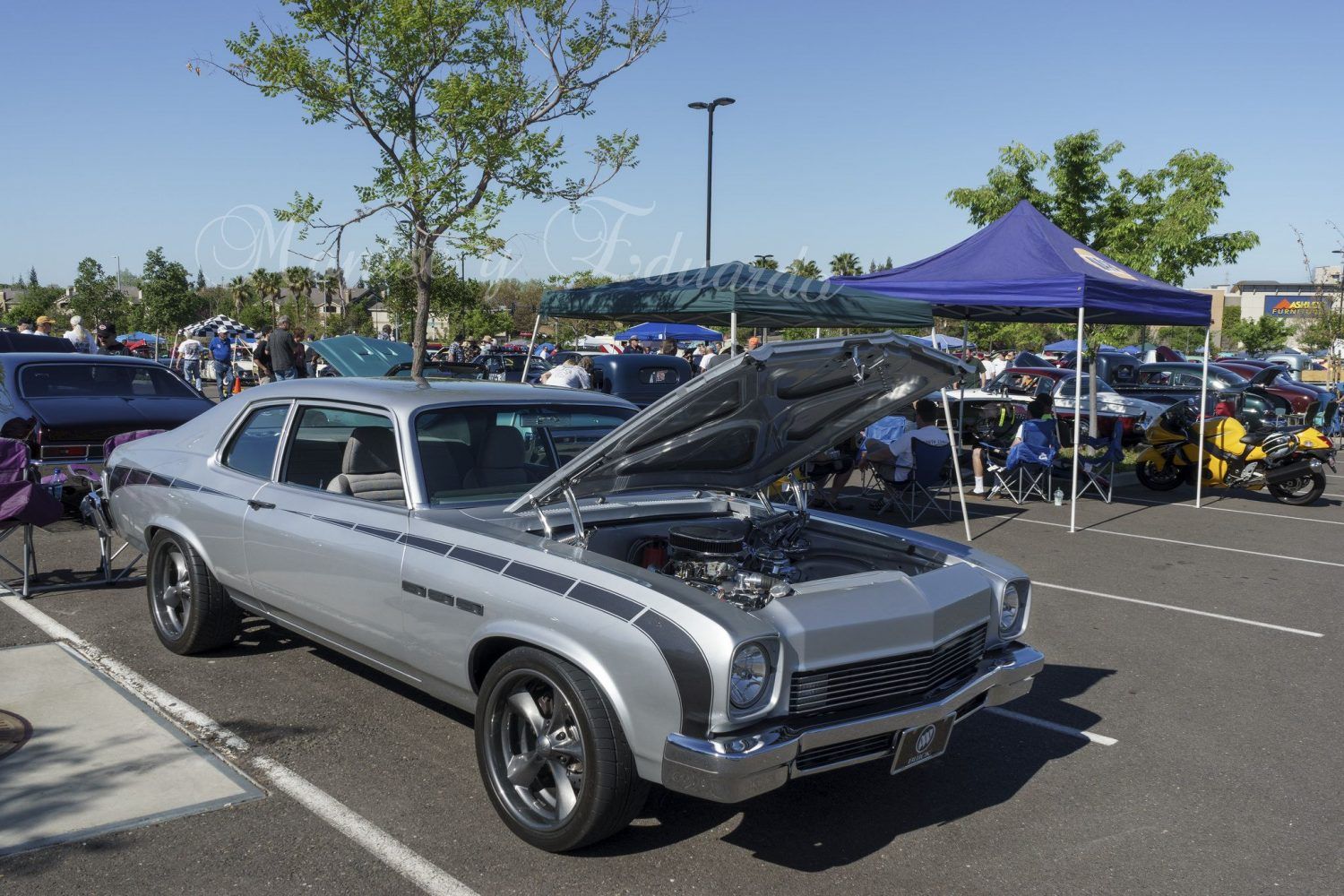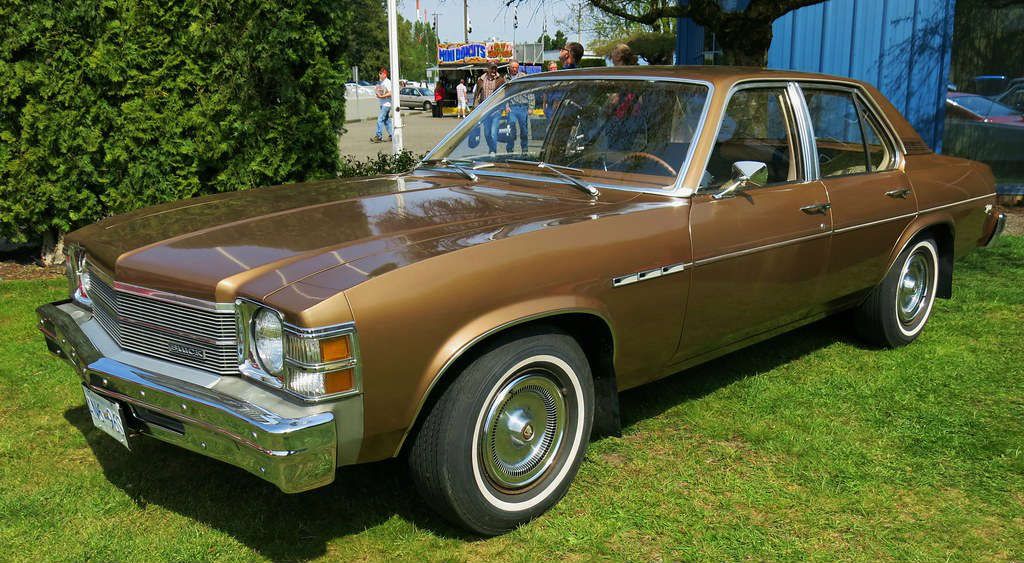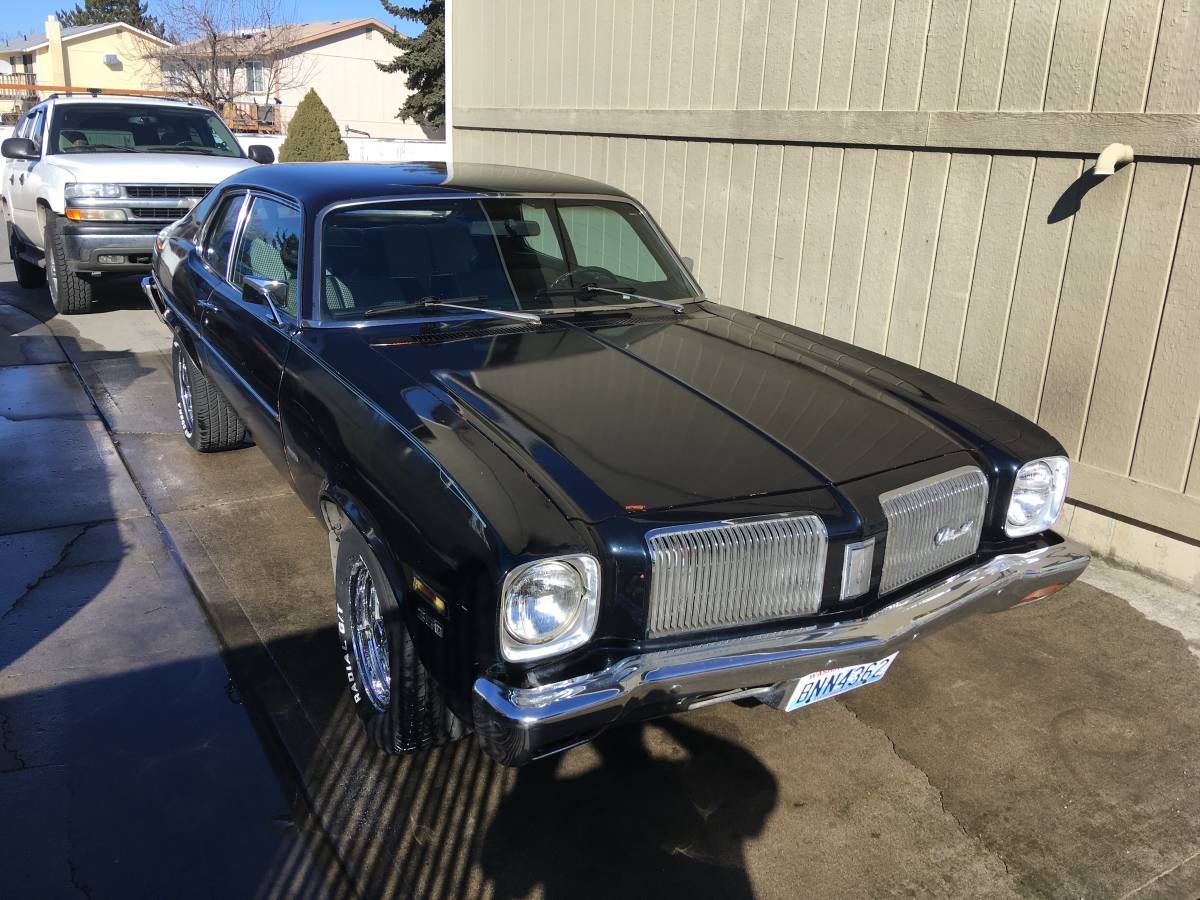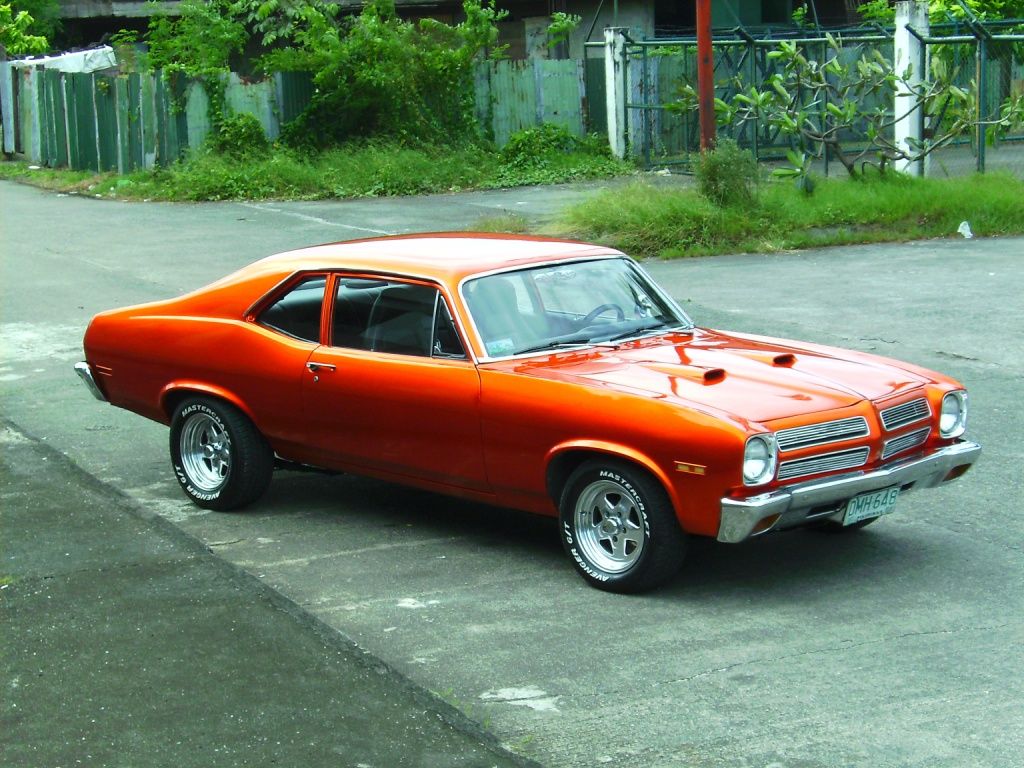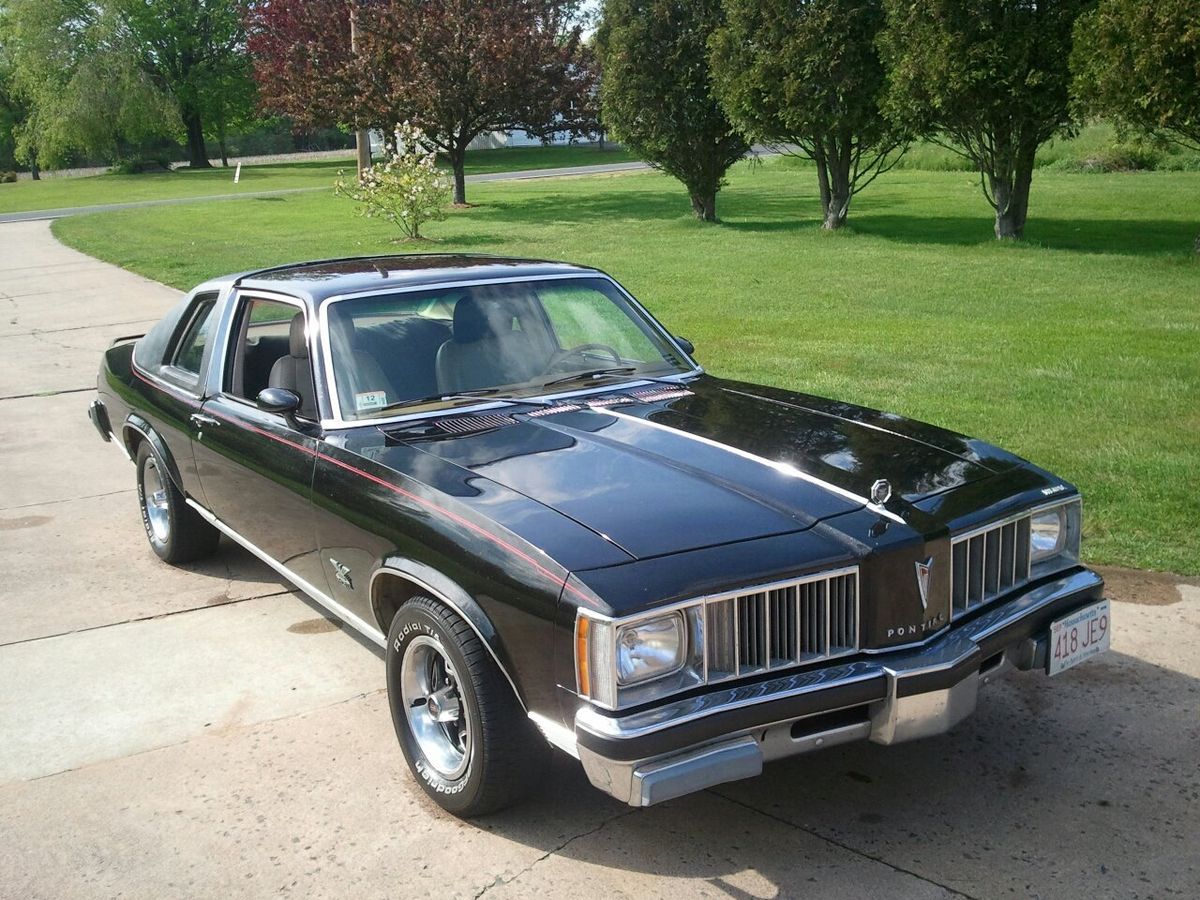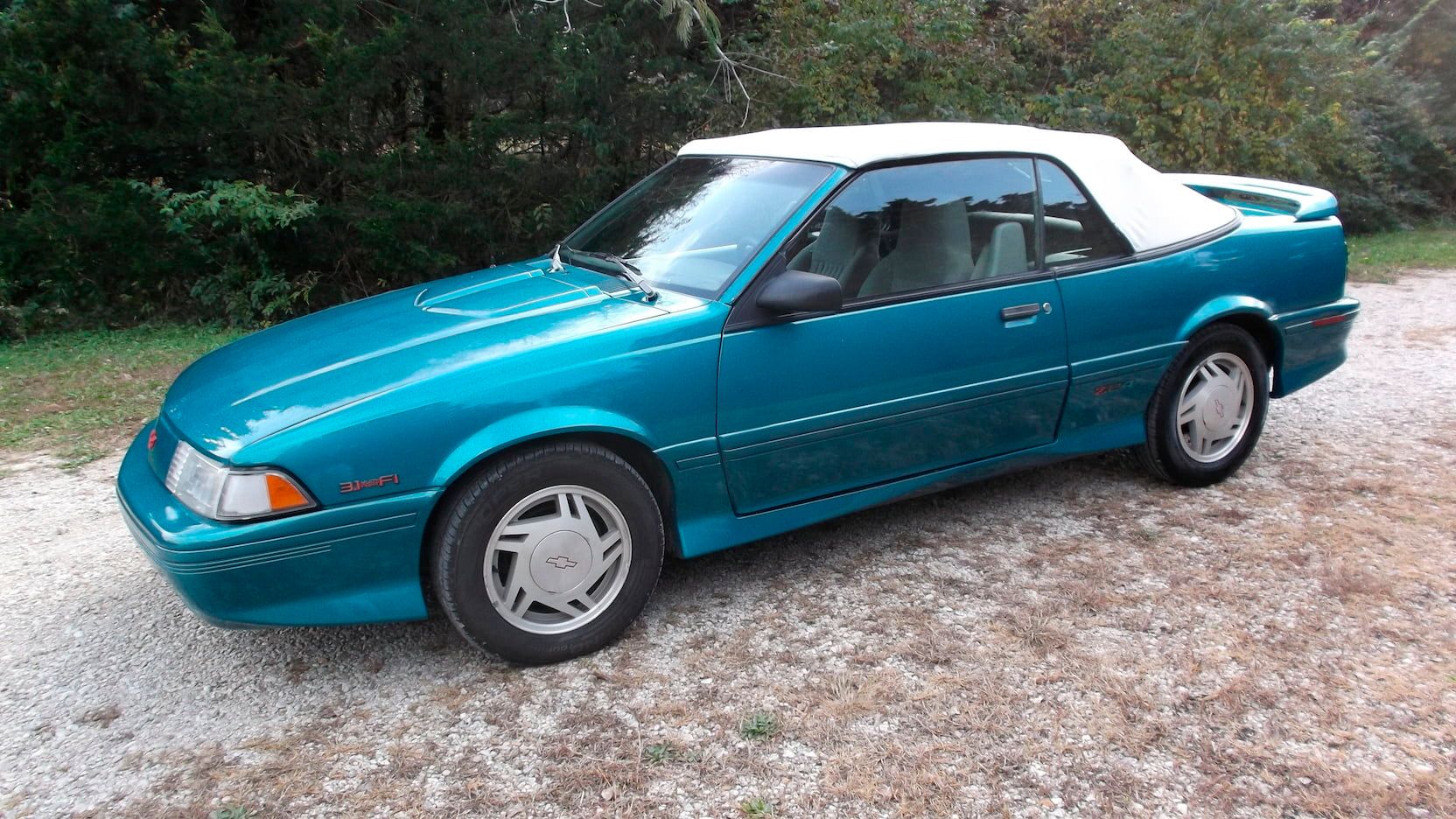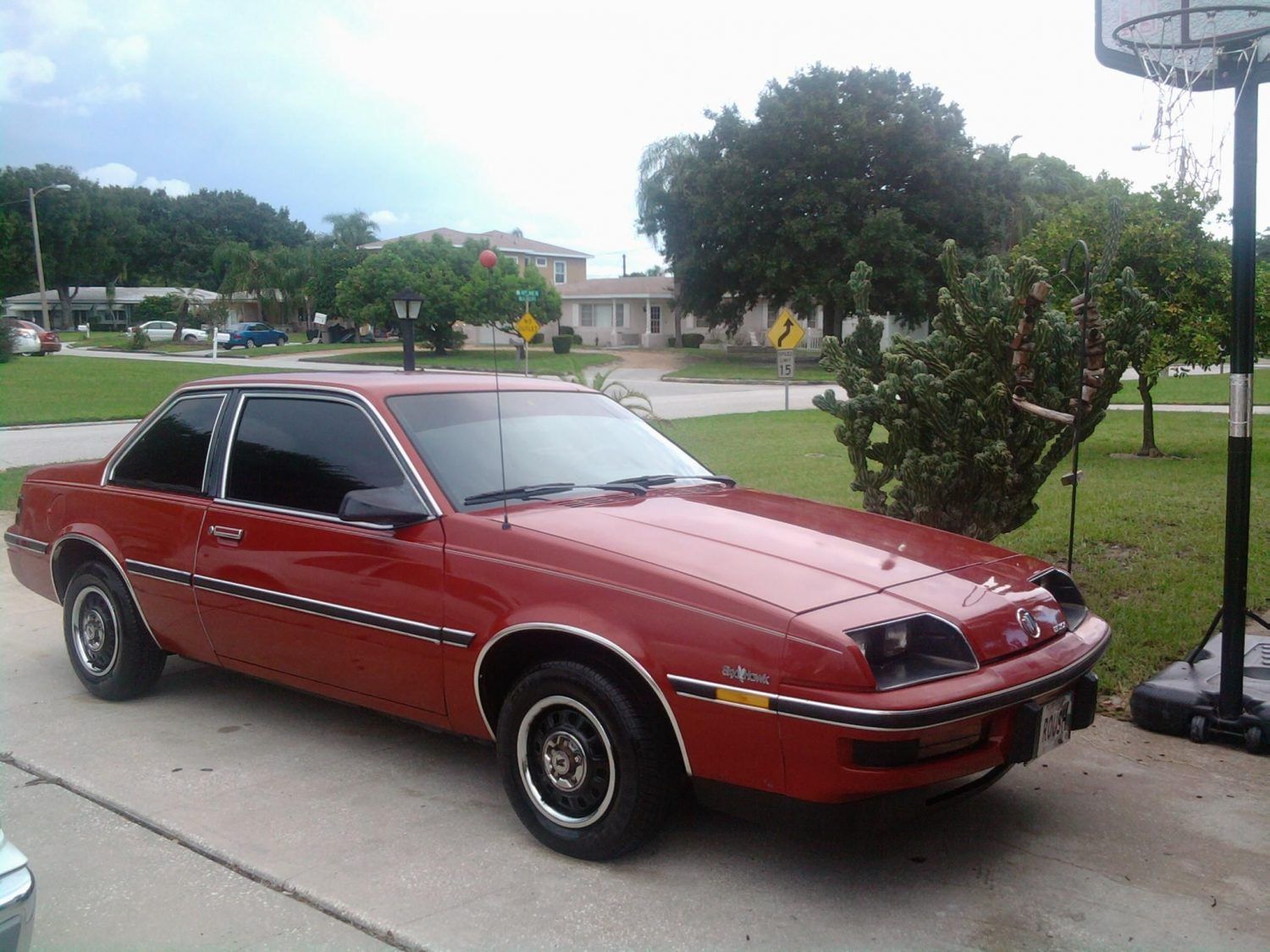Imagine holding the dubious record of helping to design and sell what may have been the most poorly performing and dangerous series of cars ever produced inside the United States. Not exactly how you want to be remembered.
These cars had so many problems including poor handling, short-lived air-conditioning, radios that quit after the first month of ownership, window motors that broke frequently, odd-sized tires, poor brakes, emissions equipment that actually made the car pollute more than an earlier model and other follies. The handling of these cars on snow and ice was bizarre because you had to let go of the wheel rather than countersteer to recover from a skid. Not at all a good rig.
15 Chevrolet Citation Front Wheel Drive
Its top sporty model called the X-11 looked like a sports car but had the standard 135 H.P. called a 2.8 H.O. Every first and second year Citation had so many problems they were the recall kings. The brakes were the smallest things you'd seen this side of a Yugo. The carburetors were defective from their inception. This was the first series of cars that guaranteed the hood cylinders would require replacement in under 30,000 miles.
14 Pontiac Phoenix Front Wheel Drive 2nd Generation
What should have been a renaissance for Pontiac after building several politically motivated V8 powered models that made mid-level 4-cylinder power, the V6 powered Phoenix could have been a great midsized unibody front-wheel-drive car.
What actually showed up at the door, was a really bad execution. It had as many problems as the Citation and even had its own sporty version, called the SJ. Equally as good-looking as the Citation, the Phoenix had the same problems. This one also had the highest failures of windows that simply fell inside the door.
13 Oldsmobile Omega Front Wheel Drive
The Ugly Duckling of the front-wheel-drive set. As if being the record holder for fluid leaks, brake failures, and being a piece of junk wasn't enough, there was the additional burden of being plug-ugly. Hardly anybody actually bought one of these, and people with impaired sight usually don't operate a moving vehicle, so their buyers were somewhat limited.
As a sales-person how do you promote these things? Statements like, "it's not likely to kill you under warranty," or "getting to know your tow truck driver makes for a great friendship" don't have much appeal.
12 Buick Skylark Front Wheel Drive 4th Generation
Not wanting to tarnish its well-earned reputation for quality, Buick did what it could to mitigate damage from being associated with this liability. Buick limped through 1980-85 without getting too scared to lose its reputation for building decent cars.
It's amazing that once G.M. finally decided people had suffered enough and moved away from the X-Body platform, Buick was able to continue the long vaunted Skylark name to better platforms.
Yes Buick had the same weak struts that failed early, and they shared the same electronics that broke with the other models, but they took care to assemble the cars a little better to mitigate the loss.
11 Cadillac Cimarron (Technically The First J Platform)
This car actually spawned a stereotype of a buyer. We won't get into that, but it's not complimentary. The car epitomized the term badge engineering. The body panels were directly from the Cavalier and the Citation.
Like the Citation, the early versions were really poor quality and Cadillac lost a lot of entry-level buyers. This car was used as a development bed for a hybridized platform when the other clones were still X Platforms. No high output engine was available and the V6 only made 125 H.P.
10 Chevy II (Later Chevy II Nova) 1962-67
From 1962 as an econobox to a muscle car, the platform was Chevy's low buck car to get buyers into a new car. The model grew in size every two years, as did power output options. The car was known for being inexpensive, adequate transportation that would be good for up to 4 people.
Available in 2 or 4 doors, this car was a good model to transition from buying new cars. later the performance options appeared and the car became a straight line screamer, but it was never really a great handling car.
9 Acadian 1962-64
Based upon The Nova but not the same as the Nova, this car was a Canada only model. It was very similar to a Chevy II with a Plymouth Valiant styled grille and tail lamps. The same 4, 6, and 8-cylinder engines were available as the Chevy II. Later, when the Acadian was Changed to the Chevelle platform, the models deviated in drivetrains, but not on this version.
The car wasn't exciting but kept the Canadian market buying them as an entry-level car. The marketing of the car was strange as it was to be designated a Pontiac but never to be called a Pontiac.
8 Chevy Nova 1968-79
A decent car with some fun optional drag-racing powertrain options at its start that continued downhill every year after its 4th year of production. It's a strange situation with this car. Whereas it was always a great entry-level car that was capable of burning rubber with certain option packages, by the 1973 model year it kept getting worse for reasons nobody knows.
G.M. recovered its tooling costs early on so the car was very profitable. The car even morphed into other G.M. brands later on, but it did not improve.
7 Buick Apollo
This car was the beginning of Buick being sucked into badge engineering. It was the first Buick in modern history to not have all engines be specific to a Buick design. The 6 cylinder variant used a Chevy Stovebolt 6, not a Buick V6, however, the V8 engine option was true Buick engine.
The car was by far the ugliest of the Nova clones because Buick tried to use deluxe Buick styling cues on an entry-level sedan that was generally not within the normal price point of the Buick Division because the brand was typically for professionals in suburbia.
6 Buick Skylark 1975-79 3rd generation
A downgrade in quality and features from earlier Skylark models that were full-frame intermediate cars, this model was also based on the nova. In its defense, front drum brakes were done away with on all G.M. models by 1975, that is about the entire bragging rights for this model.
It was better looking than the styling of The Apollo because Buick tried less to make this look like a Buick and accepted its Chevy origins when they switched the name during a re-work of the sheet metal.
5 Oldsmobile Omega
Another unexciting Nova clone with the same basic powerplants as standard. Like the Buick model, you could opt for an authentic Oldsmobile 350 instead of a Chevy. There was nothing exciting about the car and it was basically a Nova with Oldsmobile styling cues. Traditional broad center-bar grilles and bumpers were styled after Oldsmobile styling cues. Other than that, not much to get excited about. Most of the sheet metal appears to be interchangeable with Chevrolet.
4 Pontiac Ventura 1971-77
The early ones were basically an upscale Nova. They also looked better as well because they re-used the original full-sized Ventura styled grill. In 1974 someone within Pontaic decided to offer a Shaker Hood Scoop and call the car a GTO option, most people ignored it.
The rest of the years played with badge engineering styling cues such as 1/3 Vinyl tops and side molding options. There really wasn't much to get excited about. Midway through production, the Chevy 6 engine was changed to the Buick V6. Like the Nova, the early 70s versions offered a hatchback option which was very useful.
3 Pontiac Phoenix 1978-79 Rear Wheel Drive
Basically this was a re-bodied Ventura from the previous generation, also based on The Nova. The emphasis of this car was to get away from sporty looks and towards a luxury image for cheaper cars.
The car really didn't get taken seriously because it was really a Ventura with a different name and it only came with the base engine made by Pontiac while the 6 and 8-cylinder engines were made by other divisions. The styled chromed wheels were about the only nice option for this car.
2 The Chevrolet Cavalier (J Platform)
While this shared tooling with the previous Citation model it was incrementally improved. Far from perfect, the first years offered better power and a convertible top. Then they even offered a Z24 sports option with 165 H.P. with a decent fuel-injected V6.
Unlike the X platforms which actually got worse with each year in the early 1980s. Midway through the J-platform Cavalier, the frames got more rigid, the engines developed longevity of double the lifespan of the previous engines and the electronics got much better.
1 Buick Skyhawk (J platform)
This was the earliest Cavalier before the Cavalier came to market. It didn't really look like a Buick but it was a better fitted Chevy. This was the first of the J platform cars to have hide-away headlamps. Its quality was way better than the cars it replaced.
Power was never a thing with this model and its only engine choices were the 1.8 and 2.0 liter 4-cylinders. It was the first of these clones to come as a station wagon as well as a 2, 3, and 4-door coupe and sedan. There was a short-lived turbo version of the SOHC 2.0 L version rated at 165 H.P.

